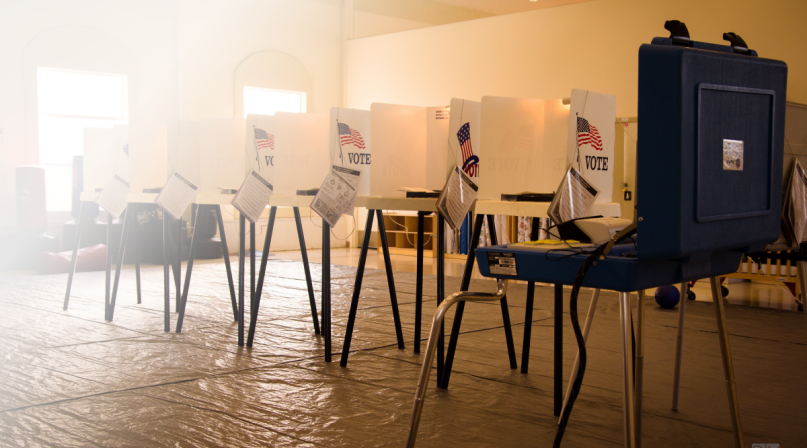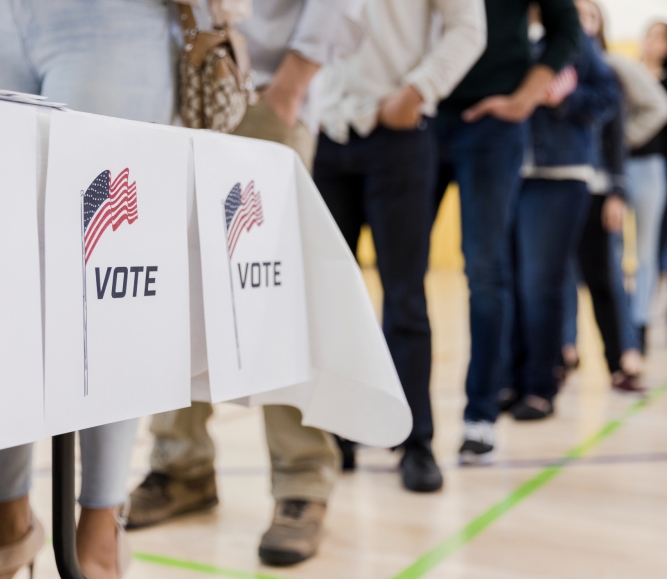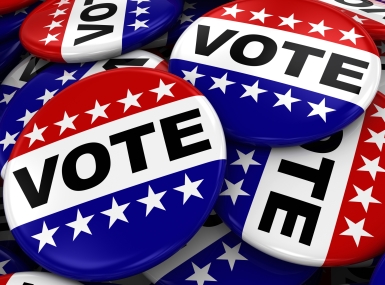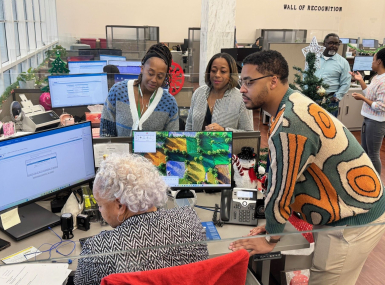What counties should know about the Congressional Observer Program ahead of the November 2024 election
Author

Paige Mellerio

Emma Conover
Upcoming Events
Related News

Key Takeaways
On September 9, the U.S. House passed the bipartisan Confirmation of Congressional Observer Access (COCOA) Act of 2024 (H.R. 6513) unanimously by voice vote. The U.S. Senate passed the measure with unanimous consent on September 24. The bill codifies the existing Election Observer Program, which sends trained congressional staff to monitor the casting and counting of votes in congressional elections.
As administrators of elections, counties should be aware of the Election Observer Program ahead of the November 2024 elections. Congressional observers could be deployed to county polling locations and election facilities to observe the administration of the election in congressional districts with tight races that could be contested.
On October 28, the Committee on House Administration Chair Bryan Steil (R-Wisc.) and Ranking Member Joseph Morelle (D-NY) sent NACo a letter informing counties and county election officials of the program and its purpose. Read the letter here.
What is the congressional Election Observer Program?
The Election Observer Program has been utilized in federal elections since 2006 under the constitutional authority of the U.S. Congress to “be the judge of the Elections, Returns, and Qualifications of its own Members.” Before the election, volunteer staff in the U.S. House are trained by guidelines set by the Committee on House Administration and are then deployed to poll sites to monitor congressional election processes in real time. Trained election observers are tasked with monitoring key aspects of the election process and collecting information to build a record for the Committee in the case of a contested election.
What can and can’t congressional election observers do?
H.R. 6513 adds to the existing Election Observer Program by creating specific guidelines for conduct and interactions between observers and election staff. For elections to the U.S. House, congressional observers are permitted to observe all administrative processes including:
- Processing and tabulation of ballots
- Storage of ballots
- Recounting and canvassing of ballots
- Other non-public processes in election administration
They are prohibited from:
- Engaging in partisan or political activity
- Supporting or representing a candidate
- Handling ballots and election technology
- Generally interfering with election administrators
The bipartisan bill also confirms that county election officials maintain jurisdiction over their election sites and can remove observers for violations of the stated rules.
Additional FAQs about the Election Observer Program are available here.
What should counties know?
Counties are the principal administrators of elections and play a crucial role in overseeing polling locations and maintaining transparent and fair elections. As such, county election officials should keep the following in mind:
- Congressional election observers could be deployed to your county this coming election, particularly in congressional districts with tight races
- The congressional Election Observer Program is a longstanding bipartisan program that has legal authority to observe elections to the U.S. House
- Congressional election observers might have different authorities than traditional partisan and/or non-partisan observers in your state
- Congressional election observers are trained and credentialed and have a statutory code of conduct they must follow – counties hold the authority to remove observers for violations of the rule
NACo will continue to monitor the deployment of congressional observers to counties this election cycle. Questions or concerns may be directed to Paige Mellerio (pmellerio@naco.org).
Resource
The County Role in Elections: How Counties Administer Secure Elections

Related News

2024 Clearinghouse Awards: U.S. Election Assistance Commission recognizes county excellence in election administration
The U.S. Election Assistance Commission (EAC) announced the winners of its 2024 Clearinghouse awards, recognizing 32 counties for their election administration practices during the 2024 election cycle.

County Countdown – April 7, 2025
Every other week, NACo's County Countdown reviews top federal policy advocacy items with an eye towards counties and the intergovernmental partnership. This week features a budget reconciliation update, HHS restructuring and more.
